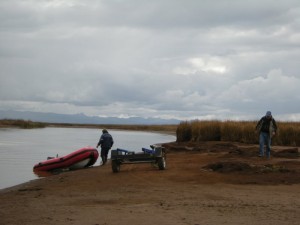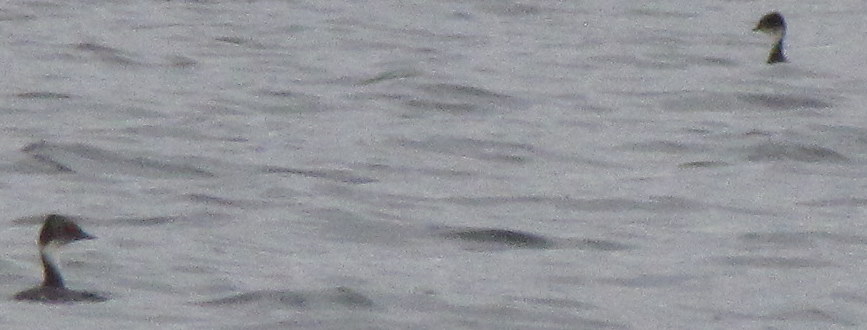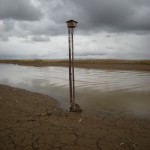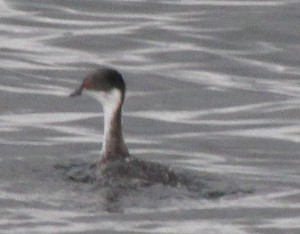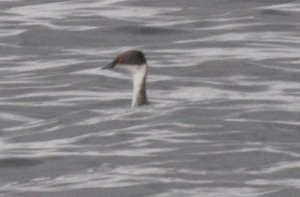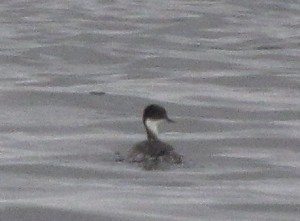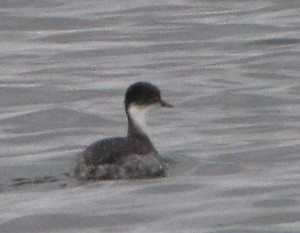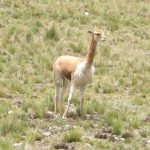Beware of the birder – I’m coming to take you away, ha ha!
The news of Peruvian human oil extractors – pishtacos- is now not only a legend of the central highlands of Peru after yesterday’s news release that travelled the world. (See World War 4 Report and BBC)
This quite seriously damages Peru’s reputation and could also have effects when birding.
In the Central highlands of Junin, Pasco and Huanuco the Pishtaco is the Bogeyman. The adults tell the kids that if the don’t eat up or behave, the Pishtaco will take them. The Pishtacos are white mercenaries killing locals, extracting their oil, to sell to Europe and to the US for use of beauty lotions, plastic surgery, grease the railroad and – believe it or not – to run the Space Shuttle.
When I first travelled in Central Peru with a group in 1996, the kids upon seeing us jumped into the ditch as we drove by silently screaming “Pishtacos”. A few years later our car was bombarded with stones as we drove up to Unchog. At the trail just beyond the Carpish Tunnel a man directly accused us of being Pishtacos.
Over the years, the people in the Carpish/Unchog area have become more accustomed to see gringos birdwatching. Also there have been direct benefits with donations to the schools in the area as well as an entrance fee established to visit Unchog for birding and I until recently thought the Pishtaco episode – taking birders for pishtacos – was over and done with.
The myth becomes reality
With the national police showing the evidence yesterday and three suspects have confessed to killing five people for their fat, and two were arrested carrying bottles of liquid fat, the legend suddenly get some substance. It is hard to believe however that there really is a commerce with human body fat going on around the world. As Dr Adam Katz, professor of plastic surgery at the University of Virginia medical school, says:
I can’t see why there would be a black market for fat, It doesn’t make any sense at all, because in most countries we can get fat so readily and in such amounts from people who are willing and ready to donate that I don’t see why there would ever be a black market for fat, of all tissues.
If it is true, and these crimes have been committed, it seems that the gang may have believed the legend so much that they got absorbed in becoming producers of the oil wanted by “beautiful white first world”. Sad when you think of it. Like digging for gold at the end of the rainbow.
In some Peruvian sources, it has been claimed, that this type of news-story – urban legends “proven” true – such as pishtacos or blood-crying madonnas, always pop-up as smoke screens when the reigning authorities are in trouble. Time will tell, but watch carefully what pops up to be officially forgotten within the following days.
Recommendation for birders
Unfortunately, the deep-rooted myth is getting fuel by such news. This may become dangerous to adventurous travellers off the beaten track – as birders often are. Here are some examples for you.
Last year we took some farmers from Central Peru (Carpish and Satipo road) to Mindo so they could experience eco-tourism in practice. We wanted to bring more people from Carpish, but rumours had it, that we were Pishtacos and that the participants would be beheaded, slaughtered and adipose extracted when exposed to foreign buyers in Ecuador. One of the members from Carpish, was suprised to see that none of this was true and that he returned living and well to Carpish.
Earlier this year, in another part of Central Peru, in Pucacocha in the Andamarca valley, Junin, our car was surrounded by villagers accusing the birders inside the vehicle for being Pishtacos. The situation was somewhat uncomfortable, but our guide and driver managed to explain what we really were doing and the group could leave with somewhat of a scare.
In light of the hysteria and psychosis that follows news like this I recommend that independant birders visiting the departments of Huanuco, Pasco and Junin to be very careful. You should speak good Spanish if you want to visit these areas now or go with a Peruvian guide. Birders travelling with tour companies should have no worries, as these companies make pre-arrangements with the local communities.
Also, I don’t expect any complications whatsoever along the normal tourist circuit Lima-Paracas-Nazca-Colca-Titicaca-Cusco-Machu Picchu-Manu – or other parts of Peru for that matter.


